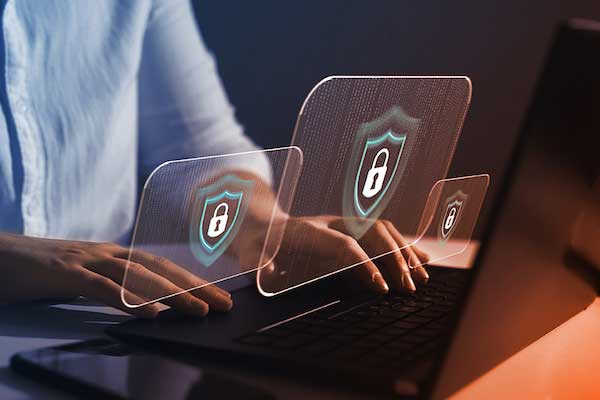-
-

Securing WordPress & Hardening your Server In a Few Easy steps.
WordPress is one of the most popular content management systems (CMS) in the world, powering millions of websites across the globe. However, its popularity also makes it a prime target for hackers and cybercriminals. Therefore, it is essential to secure your WordPress installation and harden your server to prevent any unauthorized access and protect your site from cyber threats.
In this article, we will discuss some best practices to secure your WordPress installation and harden your server.
- Keep WordPress Updated
One of the most important steps to secure your WordPress site is to keep it updated. WordPress is constantly updating its software to fix bugs, add new features, and most importantly, patch security vulnerabilities. By keeping your WordPress software, plugins, and themes updated, you reduce the risk of your website being hacked or compromised. - Use Strong Passwords
Passwords are the keys to your website, and if your password is weak, your website is vulnerable. Therefore, it’s essential to use strong passwords that are difficult to guess. You should also consider using two-factor authentication, which adds an additional layer of security to your website login. - Limit Login Attempts
Limiting login attempts is an effective way to prevent brute-force attacks. Brute-force attacks are a common hacking technique that involves trying multiple username and password combinations until the correct one is found. By limiting login attempts, you can prevent these attacks and protect your website from unauthorized access. - Use Security Plugins
WordPress offers a wide range of security plugins that can help you secure your website. These plugins offer features such as malware scanning, firewalls, and intrusion detection systems that can help protect your site from cyber threats. - Backup Your Website
Backing up your website is essential to protect your site from data loss or corruption. You should regularly backup your site and store the backups in a secure location. This way, if your website is compromised or hacked, you can restore it to a previous version. - Secure Your Server
Securing your server is just as important as securing your WordPress site. You should ensure that your server is properly configured, and all security patches are applied. You can also consider using a firewall and intrusion detection system to protect your server from unauthorized access. - Use SSL Encryption
SSL encryption is an essential component of website security. SSL encryption ensures that all data transferred between your website and your visitors is secure and encrypted. This prevents any sensitive data, such as login credentials or credit card information, from being intercepted by hackers. - Remove Unnecessary Plugins and Themes
You should remove any plugins or themes that are not being used. These can be a potential security risk, as they may contain vulnerabilities that can be exploited by hackers. You should also regularly review your plugins and themes to ensure that they are up to date and do not pose a security risk. - Monitor Your Website
Regularly monitoring your website can help you detect any security issues before they become a problem. You should monitor your website for any unusual activity, such as a sudden increase in traffic or suspicious login attempts. This can help you identify and resolve any security issues before they cause any damage.
In conclusion, securing your WordPress installation and hardening your server is essential to protect your website from cyber threats. By following these best practices, you can reduce the risk of your website being compromised, and ensure that your website remains secure and available to your users.
An angel in wolves clothing..
- Keep WordPress Updated
-
Nice post Angelus, Great work! 🙂
Follow the crowd and you be just another cheep.
-
You must be logged in to reply to this topic.
